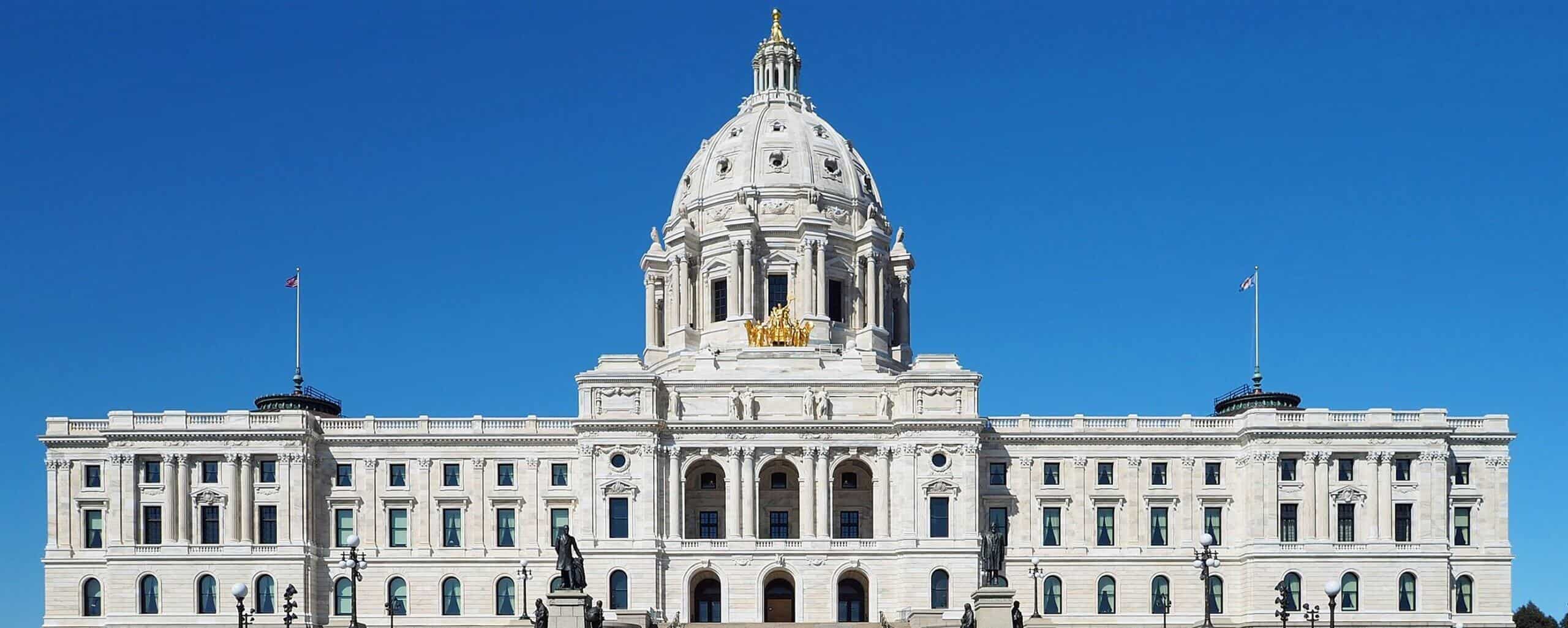The following testimony was delivered by Center President Julie Gugin at remote public hearings held in January 2021 before the Minnesota House and Minnesota Senate Housing Finance and Policy Committees.
Good morning members of the Committee. My name is Julie Gugin and I am President of the non-profit Minnesota Homeownership Center. We are an intermediary, sitting at the center of a diverse group of stakeholders who are dedicated to equitable access to homeownership. Primary business lines include homeownership education, financial counseling and foreclosure prevention. We work with 40 nonprofit and community-based organizations around the state on this work.
Since 2008, the Minnesota Homeownership Center has helped more than 38,000 households successfully avoid foreclosure and maintain the stability that homeownership offers. Sadly, with a return to normal life still a ways off, and with temporary mortgage relief programs set to expire in the second quarter of 2021, we anticipate demand for our foreclosure prevention work to increase dramatically over the next few months. And without additional mortgage relief, we fear many thousands of existing homeowners will be forced to sell against their wishes in order to avoid foreclosure.
The Minnesota Homeownership Center is determined to prevent a repeat of the 2008 foreclosure crisis, during which so many lower- and middle-income individuals and families lost so much. Back then, our network organizations were frontline responders. We worked to quickly raise and deploy resources to support foreclosure prevention, advocacy, housing development and community healing. But even with these and other loss mitigation efforts, Minnesota experienced a staggering 135,000 foreclosures from 2008 to 2014. Households of color were disproportionately impacted, and have still not yet fully recovered.
Those who face foreclosure or are forced to sell will again be the very people we’ve worked so hard to help. This backsliding against the homeownership gap between white households and households of color can’t be allowed to happen again. Minnesota’s gap is already among the top three or four in the nation.
As we work with our partners, stakeholders and fellow members of our Homeownership Minnesota advocacy coalition, we are considering many factors to address the impacts of COVID on homeownership, including additional support for foreclosure prevention services. At the top of our list is the recognition that we need to continue housing assistance, we need this assistance to include homeowners as well as renters, and we need the relief to be accessible and understood by consumers. Unfortunately, the latest round of stimulus funding approved at the Federal level includes no support for homeowners.
This fall, we served as an administrator of the COVID Housing Assistance Program (CHAP) in partnership with Habitat for Humanity of Minnesota, Habitat affiliates and our network members. We focused solely on serving homeowners. We were grateful to be able to help those who received assistance, and we thank Minnesota Housing for their support during this program. We’re still tallying our final numbers, but we estimate we served just over 1,500 homeowners, with over $1.5 million deployed.
CHAP was implemented rapidly and designed to include homeowners. However, as the Commissioner shared, the program’s requirements limited eligibility for a large percentage of mortgages. Any mortgage with government backing, including FHA, Fannie Mae and Freddie Mac, VA, and USDA were ineligible for the program. Also, any mortgage that was currently in forbearance was ineligible, unless the forbearance ended during the program. We would advocate a change in eligibility requirements in the future, or a level of concession given to those who have enlisted forbearance, given what homeowners will face post-forbearance.
We also ran into some confusion on the part of homeowners with the program onset—it was not clear on the prescreening page or program materials which homeowners were eligible. That did cause some frustration and put administrators in the position of sharing bad news.
We look forward to taking what we learned from the CHAP partnership to inform future assistance for homeowners. We are in preliminary conversations with Minnesota Housing staff, and we look forward to this collaboration as we work to secure support for homeowners in Minnesota. I would be happy to discuss our thoughts along these lines with any of you as you move forward with your work.
In closing, I want to thank you for including homeowners as well as renters in your deliberations around additional COVID housing assistance.
Thank you all for your attention and I’d be happy to answer any questions at this time.
